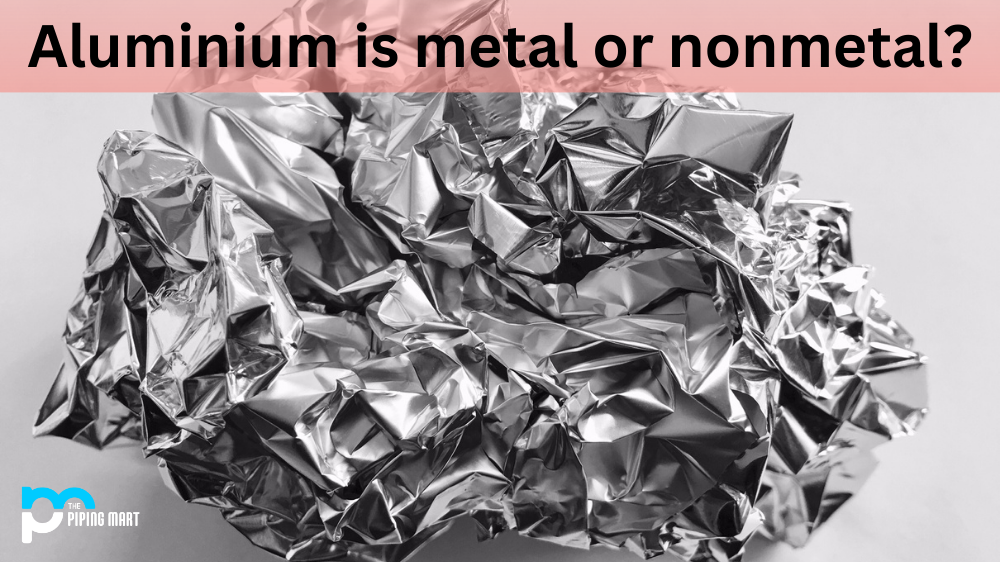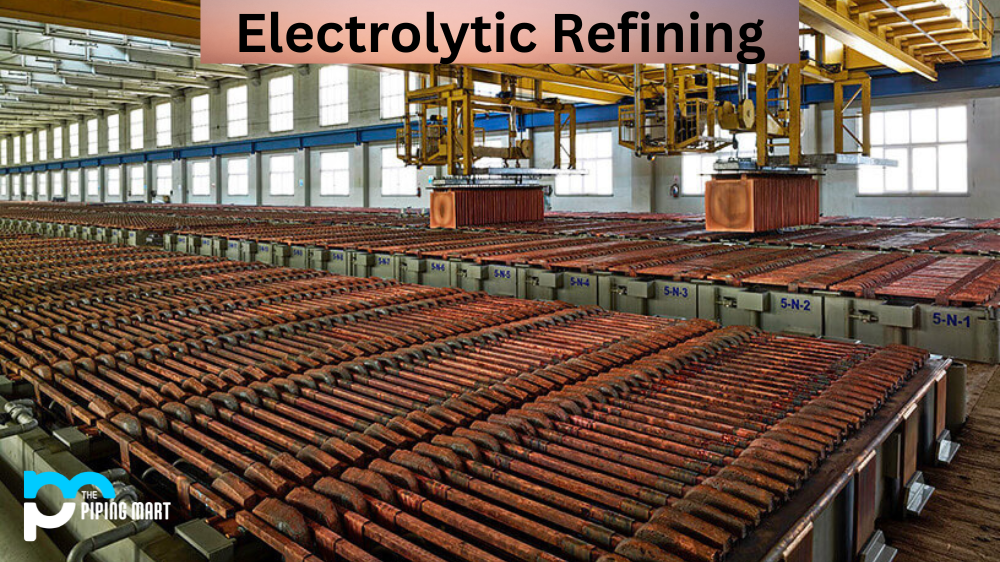Have you ever wondered if aluminium is a metal or nonmetal? The answer is not as straightforward as you might think. To understand why let’s take a look at the elements that make up metals and nonmetals and what makes aluminium unique.
Basics of Metals and Nonmetals
At the most basic level, metals are elements that are good conductors of electricity and heat, while nonmetals are poor conductors of both. Metals have high melting points, meaning they can withstand very high temperatures before melting into liquid form. They also tend to be malleable, meaning they can be easily shaped without breaking. Nonmetals typically have low melting points, meaning they melt quickly at lower temperatures and are brittle or easily broken.
What About Aluminium?
So, where does aluminium fit in? Well, it is an element that has properties of both metals and nonmetals. It has a relatively high melting point (660 °C), which means it behaves more like a metal than a nonmetal in this respect. However, it is not as malleable as other metals such as copper or gold; rather, it tends to be more brittle than those two elements. It also has low electrical conductivity compared to other metals, such as copper or silver; however, its electrical conductivity is higher than that of other nonmetals, such as carbon or silicon. This puts aluminium in an interesting middle ground between the two categories of elements.
Conclusion
Aluminium is an unusual element in that it has properties of both metals and nonmetals. Its high melting point sets it apart from other nonmetals, but its low electrical conductivity doesn’t quite match up with that of other metals. Ultimately though, whether you consider aluminium to be a metal or a nonmetal depends on your definition—but either way, there’s no denying its important role in our lives!

Pipingmart is B2B portal specializes in industrial, metal and piping products. Also, share latest information and news related to products, materials and different types grades to help business dealing in this industry.




